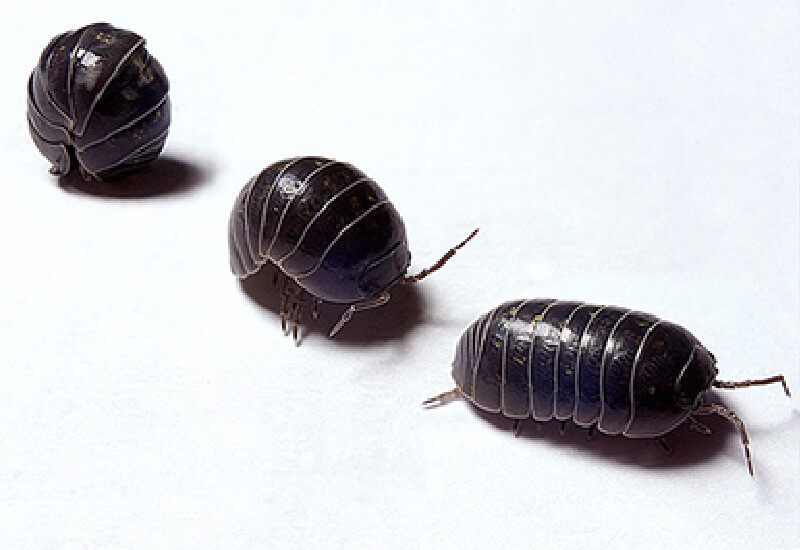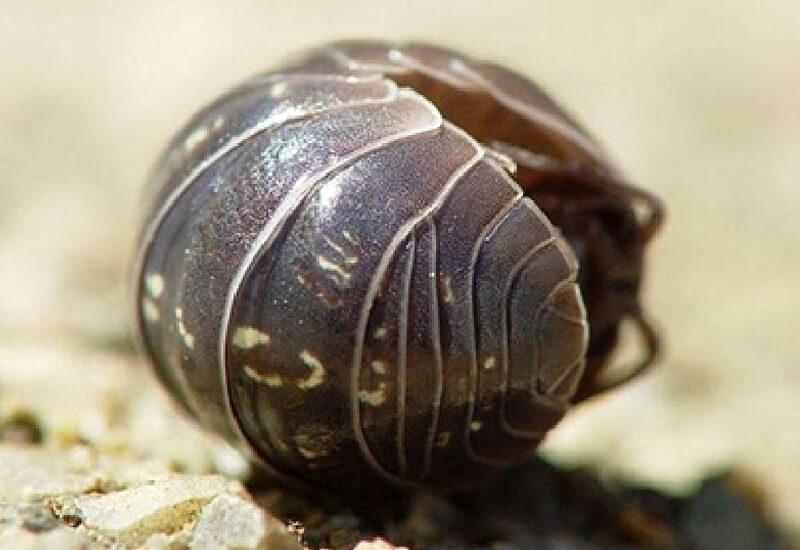Plague: Pill Bugs
Knowledge is your best plague control ally.
 PILL BUGS
PILL BUGS
PILL BUGS



Pill bugs belong to the crustacean group. They are commonly found in home gardens and both family and commercial vegetable gardens. They are regarded as a significant plague in direct-seeded crops because this conservation system maintains higher soil moisture, which is a crucial characteristic for the development of these crustaceans. At the same time, this system provides them with protection through vegetative cover (crop residue), another vital condition. Damages caused primarily includes injuries to the hypocotyl and varying degrees of consumption of cotyledons and seeds. The most affected crop is soybean, followed by corn and pastures, especially alfalfa. The main species that affect crops are Armadillidium vulgare, Porcellio laevis, and Balloniscus sewollii.
ANATOMY
Their body structure comprises three parts: cephalothorax (head plus the first thoracic segment), thorax (the most developed part), and pleon or abdomen. They have seven pairs of walking legs or pereopods, which are similar to each other, earning them the name of Isopods (Iso: equal, Podos: legs). The most remarkable feature is the presence of the marsupium or marsupial pouch on the ventral side of females, where they deposit eggs.
FEEDING HABITS
They are omnivorous. They mainly feed on decomposing organic matter (leaves, branches, and roots), as well as dead insects. However, they often become phytophagous, feeding on young plants, causing significant problems in the early stages of crops by consuming stems and dicotyledons.
LIFE CYCLE
They live up to a maximum of 3 years and four months. Immature isopods molt 4-5 times, while adults molt every 2 months. They shed their exoskeleton in two sections, first the posterior half and then, after two or three days, the anterior half. This is mainly to prevent desiccation. Under optimal climatic conditions, they can spawn 2 generations per year. They have their reproductive peak in the spring season, and a second and less significant one during the fall.
